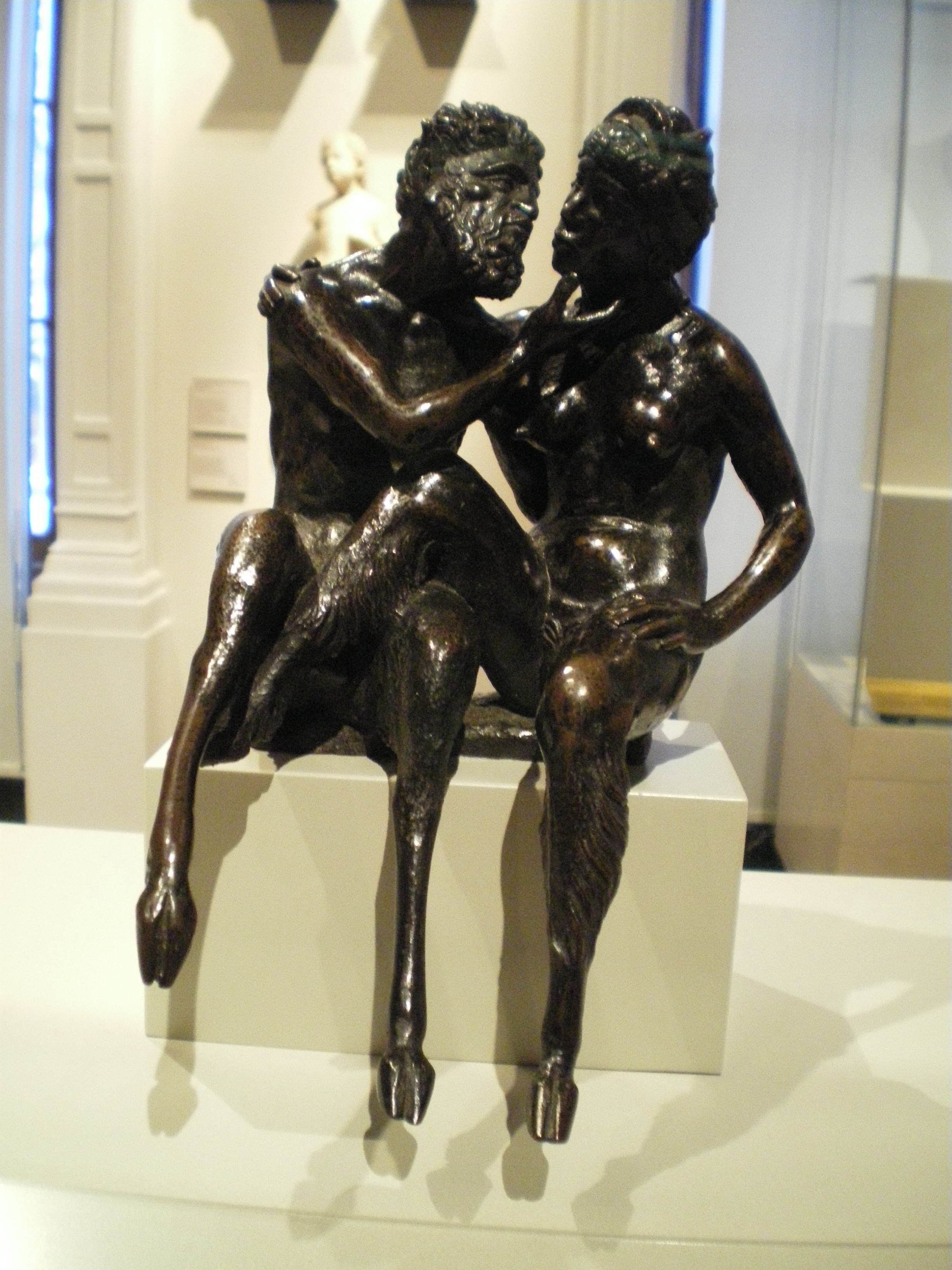Andrea Riccio on:
[Wikipedia]
[Google]
[Amazon]
 Andrea Riccio (1532) was an Italian sculptor and occasional architect, whose real name was Andrea Briosco, but is usually known by his
Andrea Riccio (1532) was an Italian sculptor and occasional architect, whose real name was Andrea Briosco, but is usually known by his
Six works from the Frick
* ttp://www.artandarchitecture.org.uk/search/results.html?_creators=ULAN5499&display=Riccio%2c+Andrea+%28Andrea+Briosco%29 6 works from the Courtauld Institute photo collection {{DEFAULTSORT:Riccio, Andrea Italian Renaissance sculptors Italian Renaissance architects 1470s births 1532 deaths Architects from Padua 16th-century Italian architects 16th-century Italian sculptors Italian male sculptors Artists from Padua
 Andrea Riccio (1532) was an Italian sculptor and occasional architect, whose real name was Andrea Briosco, but is usually known by his
Andrea Riccio (1532) was an Italian sculptor and occasional architect, whose real name was Andrea Briosco, but is usually known by his sobriquet
A sobriquet ( ), or soubriquet, is a nickname, sometimes assumed, but often given by another, that is descriptive. A sobriquet is distinct from a pseudonym, as it is typically a familiar name used in place of a real name, without the need of expla ...
meaning "curly"; he is also known as Il Riccio and Andrea Crispus ("curly" in Latin). He is mainly known for small bronzes, often practical objects such as inkwells, door knockers or fire-dogs, exquisitely sculpted and decorated in a classicising Renaissance style.
He was born at Padua
Padua ( ; it, Padova ; vec, Pàdova) is a city and ''comune'' in Veneto, northern Italy. Padua is on the river Bacchiglione, west of Venice. It is the capital of the province of Padua. It is also the economic and communications hub of the ...
, and first trained as a goldsmith by his father, Ambrogio di Cristoforo Briosco. He later began to study bronze casting under Bartolomeo Bellano
Bartolomeo Bellano, also known as Bartolomeo Vellano, was an Italian Renaissance sculptor and architect who was born in Padua in 1437 or 1438. He was the son of a goldsmith and became a student of the sculptor Donatello, with whom he worked on m ...
, a pupil of Donatello
Donato di Niccolò di Betto Bardi ( – 13 December 1466), better known as Donatello ( ), was a Republic of Florence, Florentine sculptor of the Renaissance period. Born in Republic of Florence, Florence, he studied classical sculpture and use ...
. As an architect, he is known for the church of Santa Giustina in his native city. His masterpieces are the bronze Paschal candelabrum in the choir in Basilica of Sant'Antonio
The Pontifical Basilica of Saint Anthony of Padua ( it, Basilica Pontificia di Sant'Antonio di Padova) is a Catholic Church, Catholic church and Basilicas in the Catholic Church, minor basilica in Padua, Veneto, Northern Italy, dedicated to Ant ...
at Padua (1515), and the two bronze reliefs (1507) of ''David dancing before the Ark'' and ''Judith and Holofernes'' in the same church. His bronze and marble tomb of the physician ''Girolamo della Torre'' in the church of San Fermo at Verona
Verona ( , ; vec, Verona or ) is a city on the Adige River in Veneto, Northern Italy, Italy, with 258,031 inhabitants. It is one of the seven provincial capitals of the region. It is the largest city Comune, municipality in the region and the ...
was beautifully decorated with reliefs, which were taken away by the French and are now in the Louvre
The Louvre ( ), or the Louvre Museum ( ), is the world's most-visited museum, and an historic landmark in Paris, France. It is the home of some of the best-known works of art, including the ''Mona Lisa'' and the ''Venus de Milo''. A central l ...
. His smaller, easily transportable, works appealed to collectors across Europe. A bronze lamp made by Riccio was a longtime possession of the Rothschild family, and is now in the collection of the Metropolitan Museum of Art
The Metropolitan Museum of Art of New York City, colloquially "the Met", is the largest art museum in the Americas. Its permanent collection contains over two million works, divided among 17 curatorial departments. The main building at 1000 ...
.
References
External links
Six works from the Frick
* ttp://www.artandarchitecture.org.uk/search/results.html?_creators=ULAN5499&display=Riccio%2c+Andrea+%28Andrea+Briosco%29 6 works from the Courtauld Institute photo collection {{DEFAULTSORT:Riccio, Andrea Italian Renaissance sculptors Italian Renaissance architects 1470s births 1532 deaths Architects from Padua 16th-century Italian architects 16th-century Italian sculptors Italian male sculptors Artists from Padua